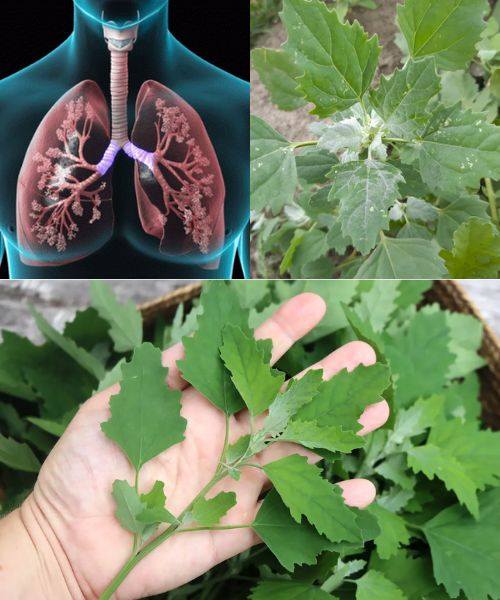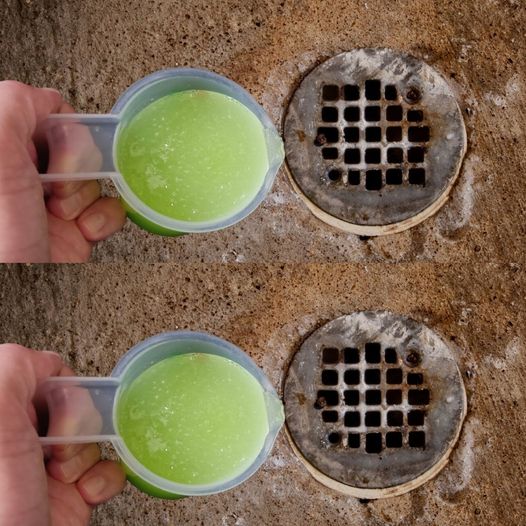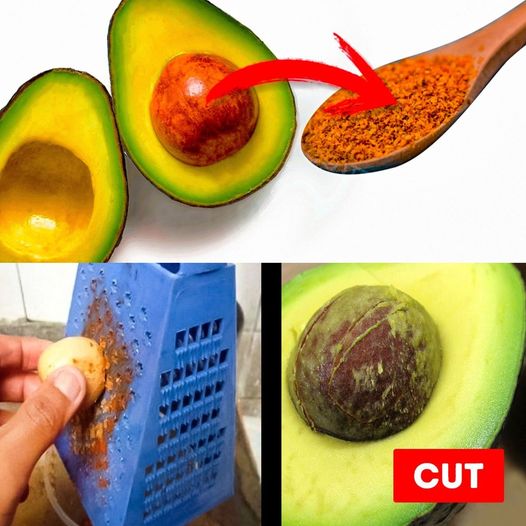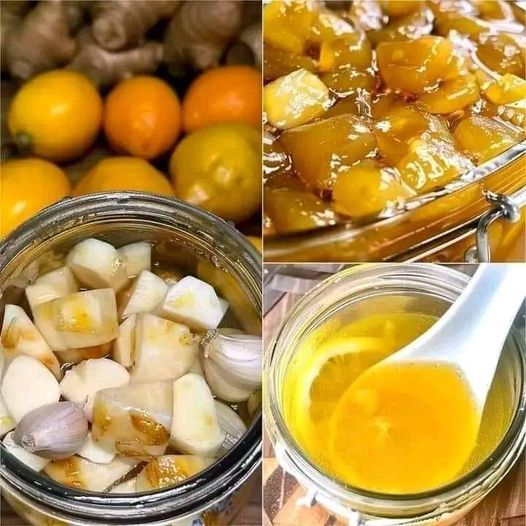Health And Natural Herbs
Grow Your Own Endless Supply of Ginger!
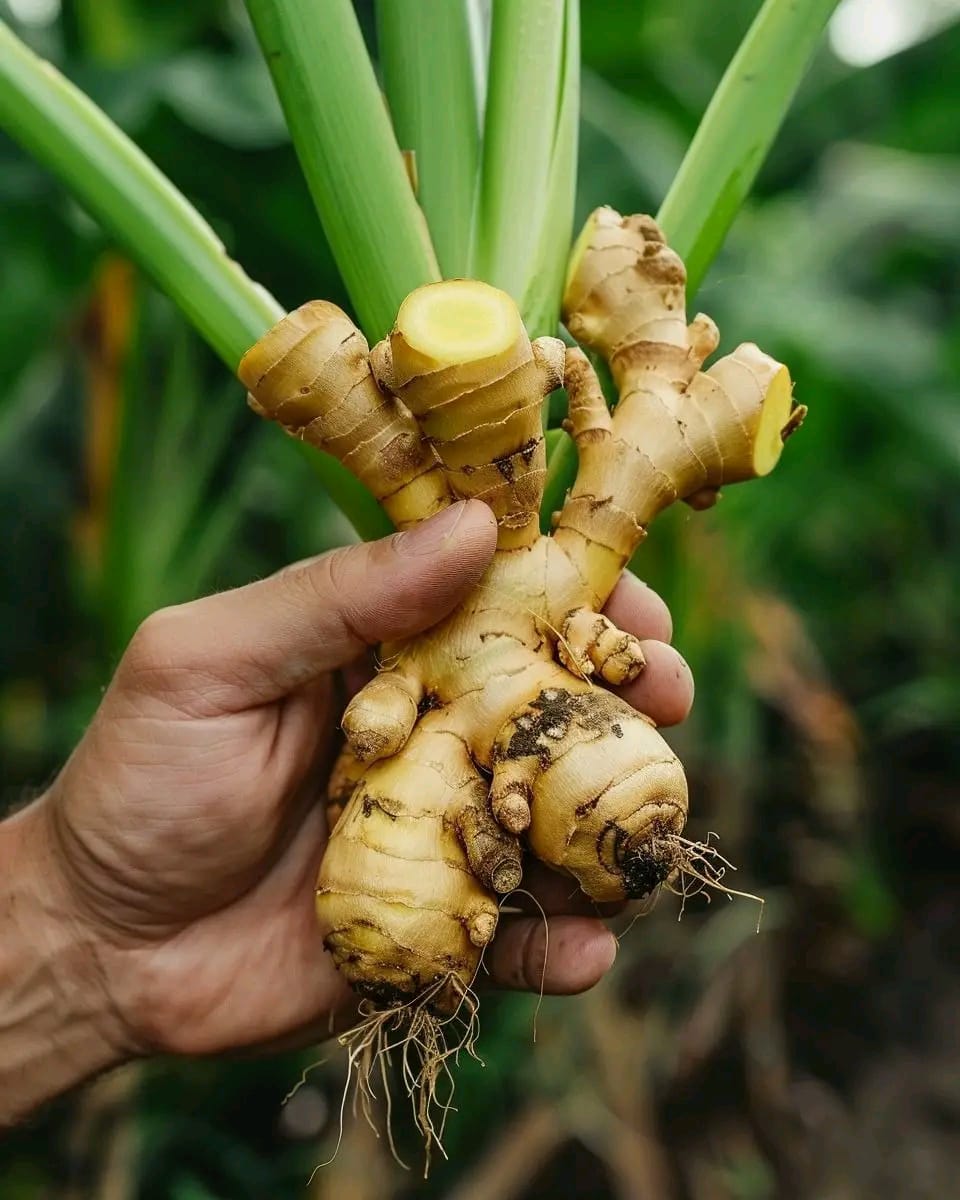
Ginger – that wonderfully pungent and versatile spice – is a staple in many kitchens. But those frequent trips to the store for a little knob can get old fast. What if you could ditch the grocery aisle altogether and cultivate your own personal ginger patch? Believe it or not, growing ginger at home is surprisingly easy and rewarding. This guide will walk you through everything you need to know to become a ginger-growing pro!
Benefits of Growing Your Own Ginger:
- Freshness: Homegrown ginger boasts a superior flavor and aroma compared to store-bought varieties.
- Endless Supply: With proper care, your ginger plant will continuously produce new rhizomes (the underground part you use as spice).
- Organic Goodness: You’ll have complete control over what goes into your ginger, ensuring it’s free of pesticides and chemicals.
- The Satisfaction Factor: There’s something incredibly rewarding about harvesting your own homegrown ingredients!
What You’ll Need:
- Ginger root (preferably organic) with visible “eyes” (buds)
- Pot with drainage holes
- Potting mix (well-draining, organic preferred)
- Water spray bottle
- Fertilizer (optional)
Planting Your Ginger:
- Select a Ginger Root: Choose a plump, firm ginger root with at least a few healthy-looking eyes.
- Prepare the Pot: Fill your pot with well-draining potting mix, leaving about an inch of space at the top.
- Divide and Plant: Carefully cut the ginger root into pieces, ensuring each section has at least one eye. Lay the pieces gently on the soil with the eyes facing upwards.
- Cover Up: Lightly cover the ginger pieces with additional potting mix, leaving the eyes exposed.
- Watering Wisely: Moisten the soil with a spray bottle, avoiding overwatering.
Ginger Care:
- Location: Place your pot in a warm, sunny location with good air circulation.
- Watering: Keep the soil consistently moist, but not soggy. Water deeply when the top inch of soil feels dry.
- Fertilizing: (Optional) During the growing season, you can provide a balanced organic fertilizer once a month.
- Harvesting: Ginger is ready to harvest when the stalks reach about 2 feet tall. You can carefully dig up a portion of the rhizome you need, leaving the rest of the plant to continue growing.
Tips for Success:
- Mulch: Apply a layer of organic mulch around the base of the plant to retain moisture and suppress weeds.
- Winterizing: If you live in a cold climate, bring your ginger plant indoors before the first frost. You can either keep it potted or store harvested rhizomes in a cool, dark place.
- Patience is Key: Don’t expect overnight results! Ginger takes about 8-10 months to mature for harvest.

